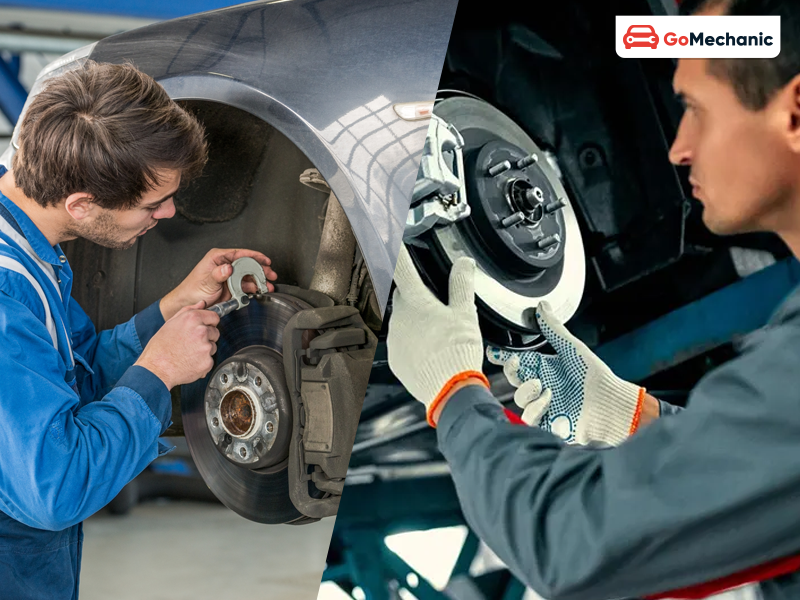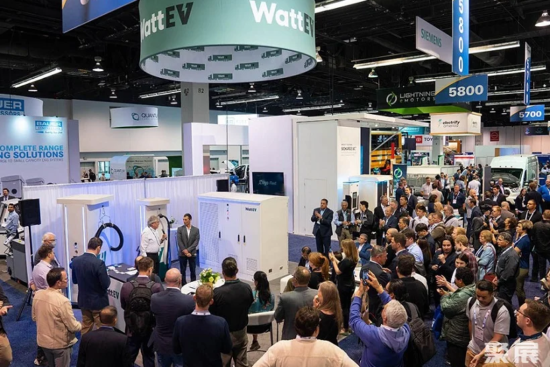
The efficiency, experience, and long-term maintenance costs of electric vehicles (EVs) and internal combustion engine (ICE) vehicles have been a focus of global debate. Many consumers are turning to sustainability through the EV transition, which makes it imperative to understand the long-term maintenance of these vehicles. In this blog, we will discuss the long-term maintenance of EVs and compare it to the maintenance of ICE vehicles.
Learn about electric vehicle maintenance
First, we need to understand the mechanics of electric vehicles and how they work. Electric vehicles run with fewer moving parts (such as electric motors and battery packs), excluding the complex components present in internal combustion engine vehicles (such as transmissions, exhaust systems, coolants, etc.), which makes their engines less complex. Unlike internal combustion engine vehicles, electric vehicles do not require frequent or routine maintenance due to fewer moving parts.
One of the major advantages of electric vehicles is that there is no need to change engine oil, spark plugs, and exhaust issues. All these issues are absent in electric vehicles, making them an affordable option in the long run.
Maintenance costs for internal combustion engine vehicles
Internal Combustion Engine (ICE) cars consist of multiple components and moving parts that require regular maintenance. These maintenance include engine oil changes, coolant flushes, transmission services, exhaust system repairs, etc. In comparison, internal combustion engines are more susceptible to wear and tear, so maintenance costs are higher.
Additionally, as ICE vehicles age, they may need engine and transmission replacements, which can make them more expensive to own in the long term.
Battery replacement for electric vehicles

While regular and routine maintenance costs for electric vehicles are low, the cost of replacing the battery is incredibly high. In some cases, the battery can even cost more than the car itself. However, as technology advances, these battery costs are becoming cheaper every day. This is a one-time expense, and most electric vehicles come with an 8 to 10 year warranty on the battery. If properly maintained, the battery can even last up to 12 years.
Brake maintenance

When it comes to brake maintenance, both vehicles perform the same. However, electric vehicles use regenerative braking technology, which gives them an advantage by reducing wear on the brake pads. Regenerative braking is a technology that converts kinetic energy into electrical energy, so when you slow down an electric vehicle, it automatically starts to stop through regenerative braking.
On the other hand, internal combustion engine vehicles rely entirely on friction braking (brake pads), which results in the brake pads needing to be replaced frequently.
Tire maintenance

Regardless of the vehicle type, both electric and combustion engine vehicles require regular maintenance and replacement of tires. However, tires on electric vehicles wear out relatively quickly because they are slightly heavier than combustion engine vehicles. Moreover, this wear depends entirely on driving behavior, road conditions, and tire quality.
Bottom Line
When comparing the long-term maintenance costs of electric vehicles and internal combustion engines, it is important to have a deep understanding of each aspect. While electric vehicles have fewer moving parts, less complexity, and lower maintenance costs, internal combustion engine vehicles require regular and routine maintenance that is worth it in the long run. The upfront costs of electric vehicles may be high, but in the long run, electric vehicles are economical compared to internal combustion engines.











Leave a Reply Cancel reply
You must be logged in to post a comment.